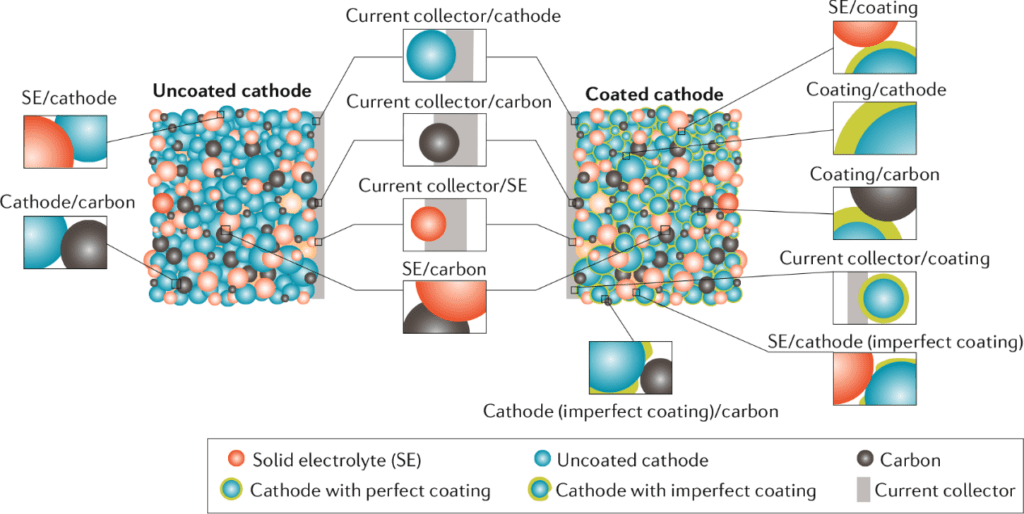Solid-state batteries are garnering significant attention as a potential game-changer in the world of electric vehicles (EVs). Researchers from NTNU’s Department of Materials Science and Engineering have recently published new findings in the journal Nature Communications, shedding light on the immense potential of solid-state batteries.

#post_seo_title
Lithium-ion batteries have been instrumental in the rise of EVs, providing a decent energy-to-weight ratio and the convenience of charging at any time. However, they are nearing their limits in terms of energy density and safety due to their flammable nature.
Enter solid-state batteries, offering a promising solution to these limitations. These batteries have a higher energy density, meaning they can store more energy in relation to their weight and volume. This makes them ideal for electric vehicles that require maximum range. Additionally, solid-state batteries utilize solid electrolytes instead of flammable liquid electrolytes, making them safer and more resistant to fires and temperature fluctuations.
The potential for faster charging is another advantage of solid-state batteries. The research team is currently exploring ways to enhance the charging efficiency of these batteries, which could significantly reduce the time needed to charge EVs and electronic devices.
In terms of sustainability, solid-state batteries may also be easier to recycle compared to lithium-ion batteries, contributing to a more environmentally friendly approach.
However, there are still challenges to overcome. At present, solid-state batteries are costly to manufacture, which restricts their use to small-scale applications. Another concern is the risk of dendrite formation, which can lead to short-circuiting. Nonetheless, researchers are making progress in understanding how to prevent dendrite formation, thereby improving safety.
Manufacturers are actively working on developing cars equipped with solid-state batteries, with expectations of these vehicles hitting the market as early as 2024. As production scales up, costs are projected to decrease, making solid-state batteries a strong contender for powering the next generation of electric vehicles.
While solid-state batteries hold tremendous promise, further research and development are necessary to address challenges related to cost and charge transfer. The recent findings by Prof. Rettenwander and his team represent a significant step in this direction.
In conclusion, solid-state batteries have the potential to overcome the limitations of current lithium-ion batteries in electric vehicles. With their higher energy density, improved safety features, and potential for quicker charging times, these batteries could revolutionize the EV industry. Although challenges such as cost and charge transfer need to be addressed, manufacturers are actively working towards bringing cars equipped with solid-state batteries to the market. As the technology continues to advance, we can anticipate a future where solid-state batteries power the next generation of electric vehicles.


